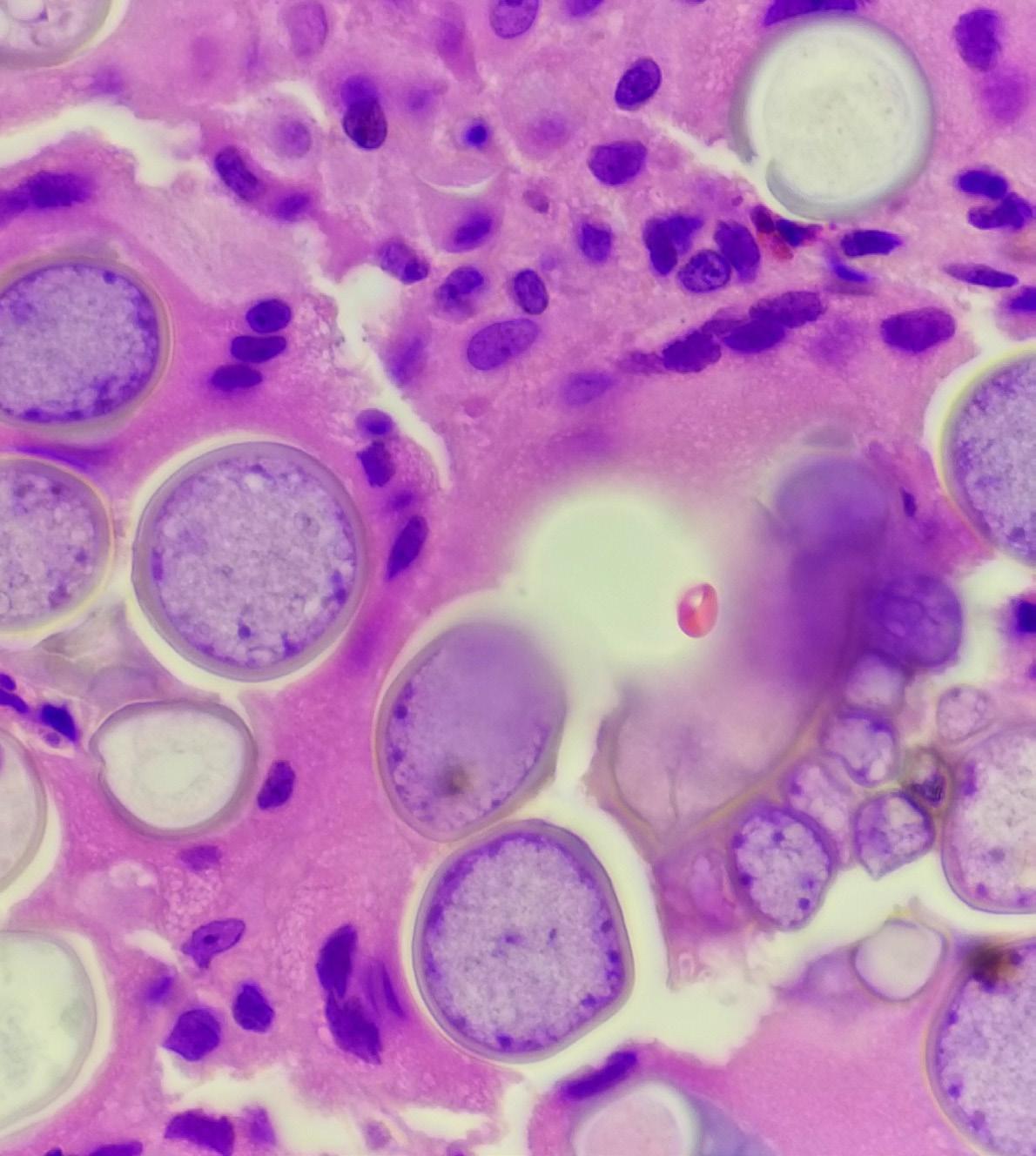
4 minute read
ASU Health Updates
In 2023, ASU announced the creation of ASU Health , an ambitious effort to improve health outcomes in Arizona. It involves creation of a new medical school, the School of Medicine and Advanced Medical Engineering, as well as a new School of Public Health Technology. In 2024, ASU announced that HonorHealth, a locally owned nonprofit health system, will serve as the primary clinical affiliate for the new medical school.
ASU Health has also launched an innovative research initiative, the Health Observatory at ASU. The Health Observatory will be a nextgeneration health knowledge experience capable of integrating population-inclusive data from diverse sources to provide early knowledge on emerging and continued health threats across the region. In 2024, ASU welcomed the observatory’s new executive director, David Engelthaler, who brings 30 years of experience protecting public health across Arizona to his new role. Already, the Health Observatory is providing valuable data and insights to help state leaders protect Arizonans’ health.
New tool helps protect vulnerable communities
If a disaster struck Arizona, vulnerable communities would be hardest hit, based on many factors such as socioeconomic status, racial and ethnic backgrounds, household characteristics, and housing type. For the first time, the state now can take factors specific to Arizona, such as access to care, heat resilience, rent and utility burden, and food insecurity, into account when managing health and safety hazards.
In collaboration with the Arizona Department of Health Services, the Health Observatory at ASU led an initiative to develop an advanced, Arizona-specific social vulnerability index that objectively ranks communities that would be disproportionately affected by health hazards.
Using these new metrics, the Health Observatory at ASU discovered that many locations were more vulnerable to disaster events than initial projections from the Centers for Disease Control and Prevention indicated. The new knowledge can protect the state’s most vulnerable residents by proactively supplying these areas with additional resources ahead of disasters and other health and safety hazards.
Understanding Valley fever
Each year more than 10,000 Arizonans are diagnosed with Valley fever, an infection caused by breathing in spores of the fungus Coccidioides. When soil that contains the spores is disturbed — through construction, wind or even walking — the spores can be lofted into the air and potentially inhaled. While most people who get Valley Fever recover from the illness, the infection sometimes leads to severe complications or even death.
The Health Observatory at ASU is helping public health and health care leaders to better target their efforts to reduce the impact of the disease.
The Health Observatory is building upon the prior work of TGen, a nonprofit medical research institute based in Arizona, which analyzed thousands of air filters around the Phoenix metropolitan area for the presence of Coccidioides. Previously identified factors such as increased temperatures, higher winds and decreased soil moisture increased the likelihood of Coccidioides
being detected in the air. These factors, however, do not fully explain all the observed variation in the fungus’ presence in the air filters.
Working with leading researchers in the field, the Health Observatory is now investigating additional factors — integrating weather, land cover disturbance and other environmental datasets with the Coccidioides air filter data to further understand drivers of aerosolization through statistical models.
Increased understanding of what drives Coccidioides up into the air we breathe may help lessen exposure to the fungus and protect the health of thousands of Arizonans for years to come.
I think we all learned during the pandemic … when there’s really a health crisis, people are desperate for accurate and useful health information. What we want is to build [the Health Observatory] as a health asset for Arizona, for trusted knowledge around health and in all aspects of health. So, this is not just a research enterprise at ASU. It’s essentially a new institution that’s here for the public good.










